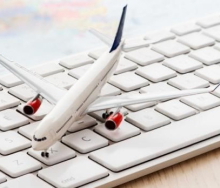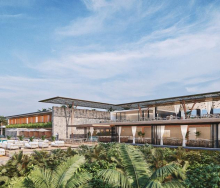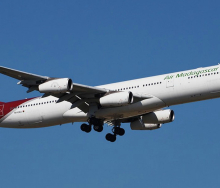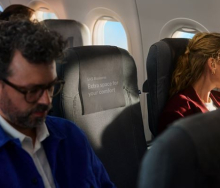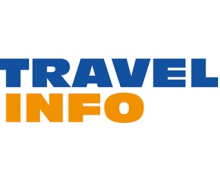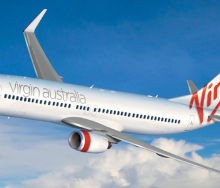It’s been 35 years since the signing of the Yamoussoukro Declaration (YD) in 1988.
In 1999, hopes were raised at the signing of the Yamoussoukro Decision (when it was decided to implement the principles of YD).
Yet, in 2023, the aviation industry is still hoping for Open Skies over Africa.
Enter the Single African Air Transport Market (SAATM), the aviation industry’s best bet and the most likely way out of the wasteful past which hindered the continent’s aviation development.
SAATM is an AU project, and its goal is to fully implement the 1999 Yamoussoukro Decision. It seeks to create a single market for air transport in Africa and allow significant freedom of air transport, to lift market access restrictions for airlines, remove ownership restrictions, grant members extended air traffic rights (through fifth freedom rights) and liberalise flight frequency and capacity limits. It also seeks to harmonise safety and security regulations in aviation in Africa.
In 2023, it’s harder for governments to justify the old ideas that every nation needs a national carrier to show its national pride, and that nations on the continent should protect their national carriers from outside competition and from private airline competitors, using taxpayers’ money to do so, if necessary.
Speaking at the Annual African Aviation Summit (Air Finance Africa) held at the Sandton Conference Centre on May 11, Aaron Munetsi, CEO of the Airlines Association of Southern Africa, pointed out that in 2019, of 51 national carriers in Africa, three were cash positive and one was profitable.
So the opportunity to open up the skies, encourage competition, allow new co-operation models, and build a good intra-African network couldn’t come at a better time. That’s why it’s great news that SAATM is forging ahead, now has 36 states signed up (80% of its target) and a total of 42 airlines.
Munetsi said SAATM was not just about African carriers getting fifth freedom rights (the right granted by State A to State B to put down and to take on, in the territory of the State A, traffic coming from or destined for State C) – it’s also about the economic beneficiation of the member states themselves by establishment of intra-African networks. He pointed out that there were five states in Africa that saw more than 100 international flights daily, many of them by Gulf carriers.
Munetsi said a lot had changed post-pandemic. “Now is the time. A crisis is a terrible thing to waste! We must seize the opportunity to reset.” He said there were many airline models that could replace national carriers.
*Low-cost carriers, which are proliferating post-pandemic – they need specific infrastructure, like secondary airports.
*JVs, commercial agreements and codeshares have cost-saving implications.
*Privatisation, with private equity and shareholders looking at ROI.
*Hybrid ownership – part private, part public ownership.
*The Strategic Equity Partner approach, like SAA.
*Alliances between like-minded, committed carriers.
SAATM’s expectations are that by 2030, the region should have 200 new city-pairs, a 12% traffic increase and a 15% tourism increase.
Some of the challenges SAATM faces in achieving these goals, are:
*Protectionism by governments, disguised as sovereignty.
*Inadequate infrastructure provision.
*Legal barriers.
*Inadequate regulatory oversight.
*Prohibitive taxes and charges.
*Comprehension of the rule book by government departments.
Recommendations by SAATM are that governments include airlines when they formulate policy, regulation and infrastructure development. Munetsi said progressive, dynamic regulation would enhance business development in the sector. He added that governments should eliminate or reduce excessive charges to airlines and they should encourage collaboration between carriers. Investment in infrastructure was also important.

